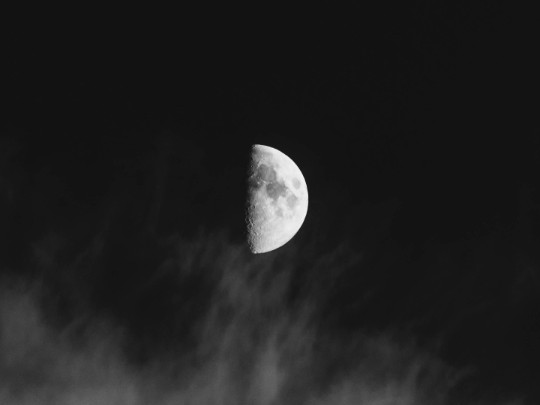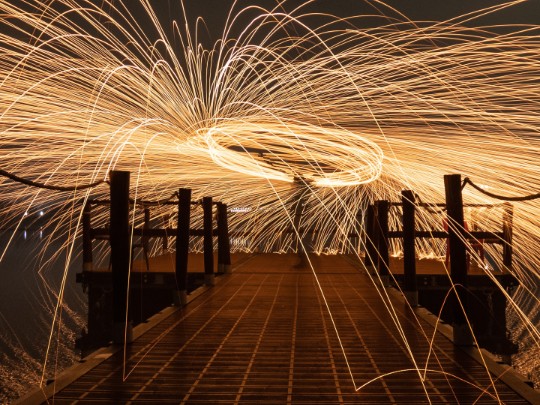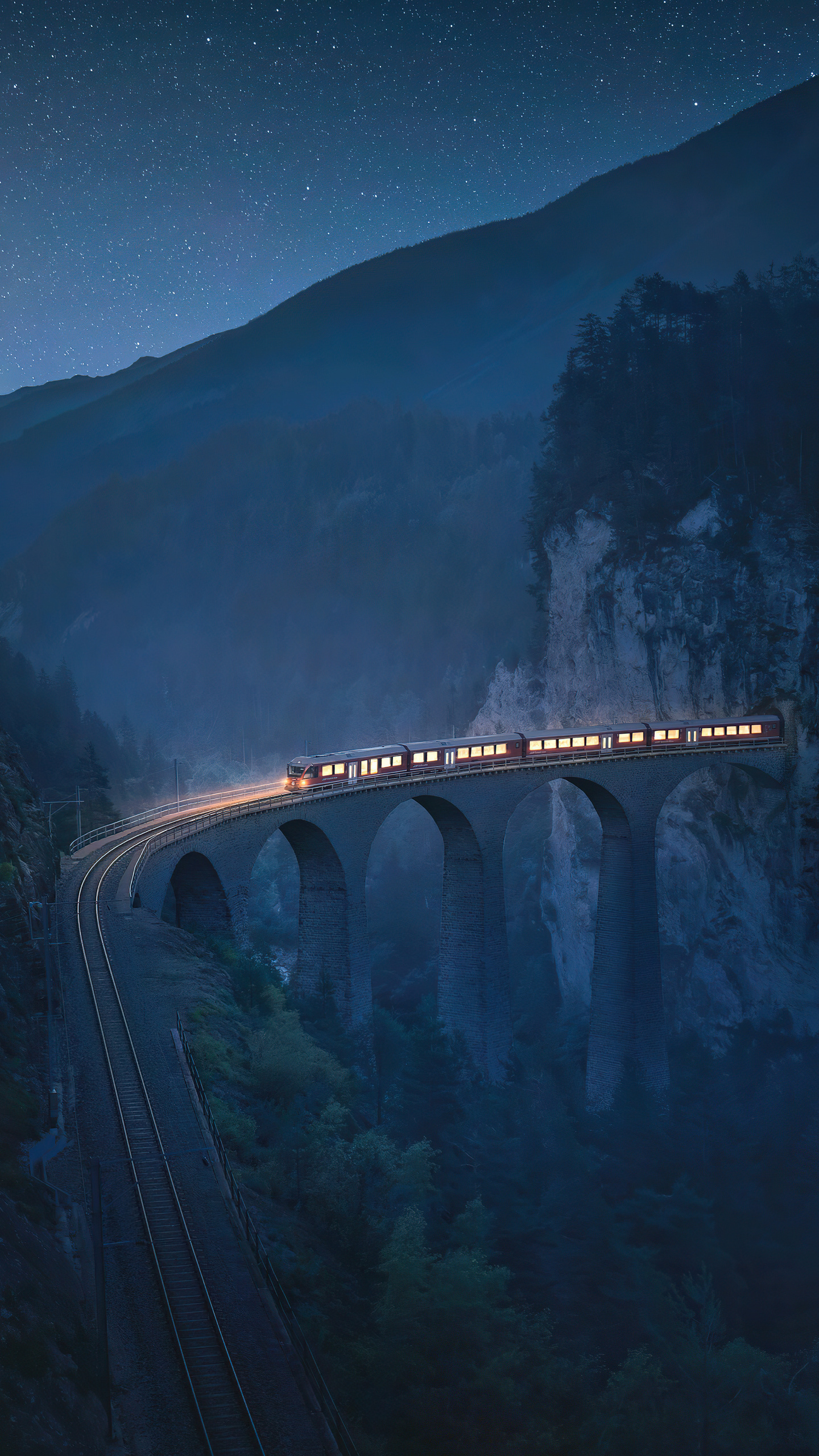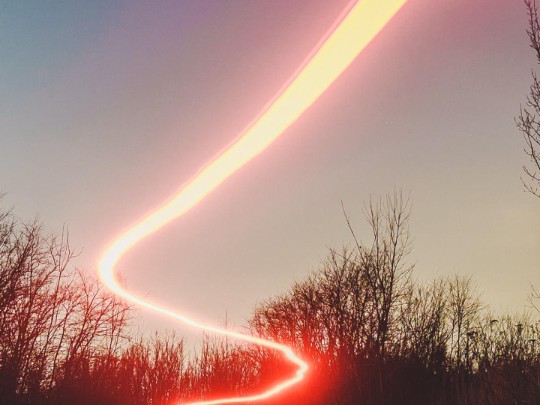Unveiling the Aussie Night Sky: Your Guide to Lunar Wonders & Stargazing

There's something truly special about the Australian night sky, isn't there? Away from the hustle and bustle of city life, it transforms into a breathtaking canvas of stars, planets, and, of course, the majestic moon. For countless generations, the moon’s silvery glow has sparked our imaginations, weaving its way into Indigenous Dreamtime stories, inspiring artists, and captivating scientists.
But the moon is just the beginning! A proper look at the night sky reveals a universe of wonders, a silent spectacle that’s both humbling and awe-inspiring. Let’s dive into how you can experience it for yourself, right here in Australia.
The Moon: More Than Just a Pretty Face
Even a quick glance at the moon is captivating. But with a pair of binoculars or a telescope, the lunar surface comes alive! You’ll see a rugged landscape of craters, towering mountains, and vast plains – evidence of the incredible forces that shaped our celestial neighbour. Did you know the dark patches you see are ancient volcanic plains called 'maria'? Each feature tells a story of the moon’s dramatic past.
Beyond the Moon: Discovering the Constellations
The night sky is peppered with constellations – patterns of stars that have been recognised and named by cultures across the globe, including our own First Nations peoples. Orion, with his distinctive belt, is a favourite for many. Look for Ursa Major (the Great Bear), and the elegant 'W' shape of Cassiopeia. Learning to identify these constellations is a fantastic way to connect with the history of astronomy and the stories woven into the stars. There are many apps and guides available to help you navigate the night sky and identify what you're seeing.
Tips for the Best Aussie Stargazing Experience
To truly appreciate the beauty of the night sky, you need to escape the light pollution of urban areas. Find a spot away from city lights – a rural area, a national park, or even just a dark corner of your backyard will do.
- Dark Adaptation: Give your eyes at least 20 minutes to adjust to the darkness. This allows your pupils to dilate and you'll be able to see far more stars.
- Binoculars or Telescope: While not essential, binoculars or a telescope will significantly enhance your viewing experience.
- Stargazing Apps: Download a stargazing app on your smartphone or tablet. These apps use your location to identify stars, planets, and constellations in real-time.
- Dress Warmly: Even on warm days, nights can get chilly, especially in rural areas.
Reconnect with the Cosmos
Whether you’re a seasoned astronomer or a complete beginner, the Australian night sky offers an endless source of wonder and inspiration. Take a moment to look up, breathe in the fresh air, and reconnect with the vastness of the universe. You might just be surprised by what you discover!






